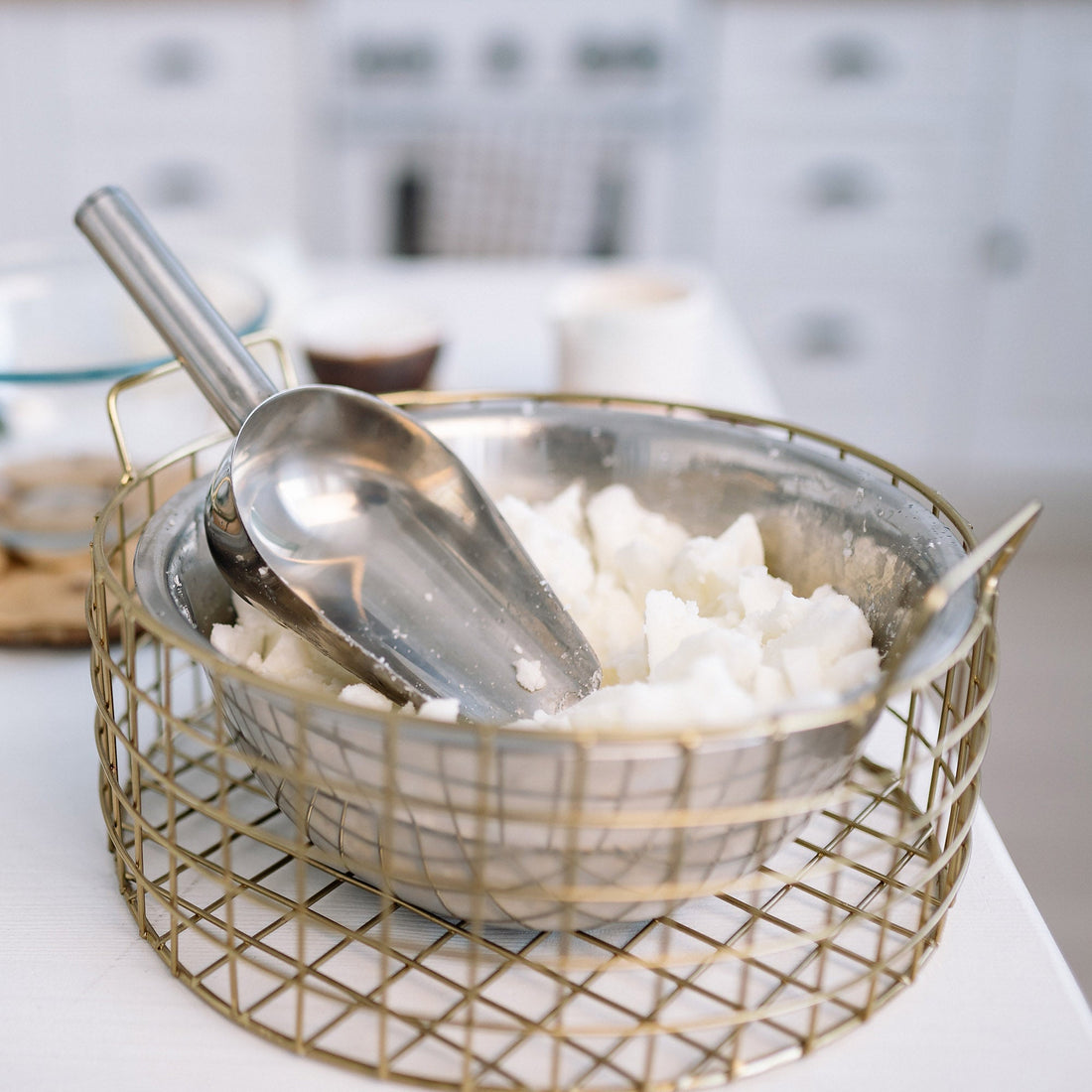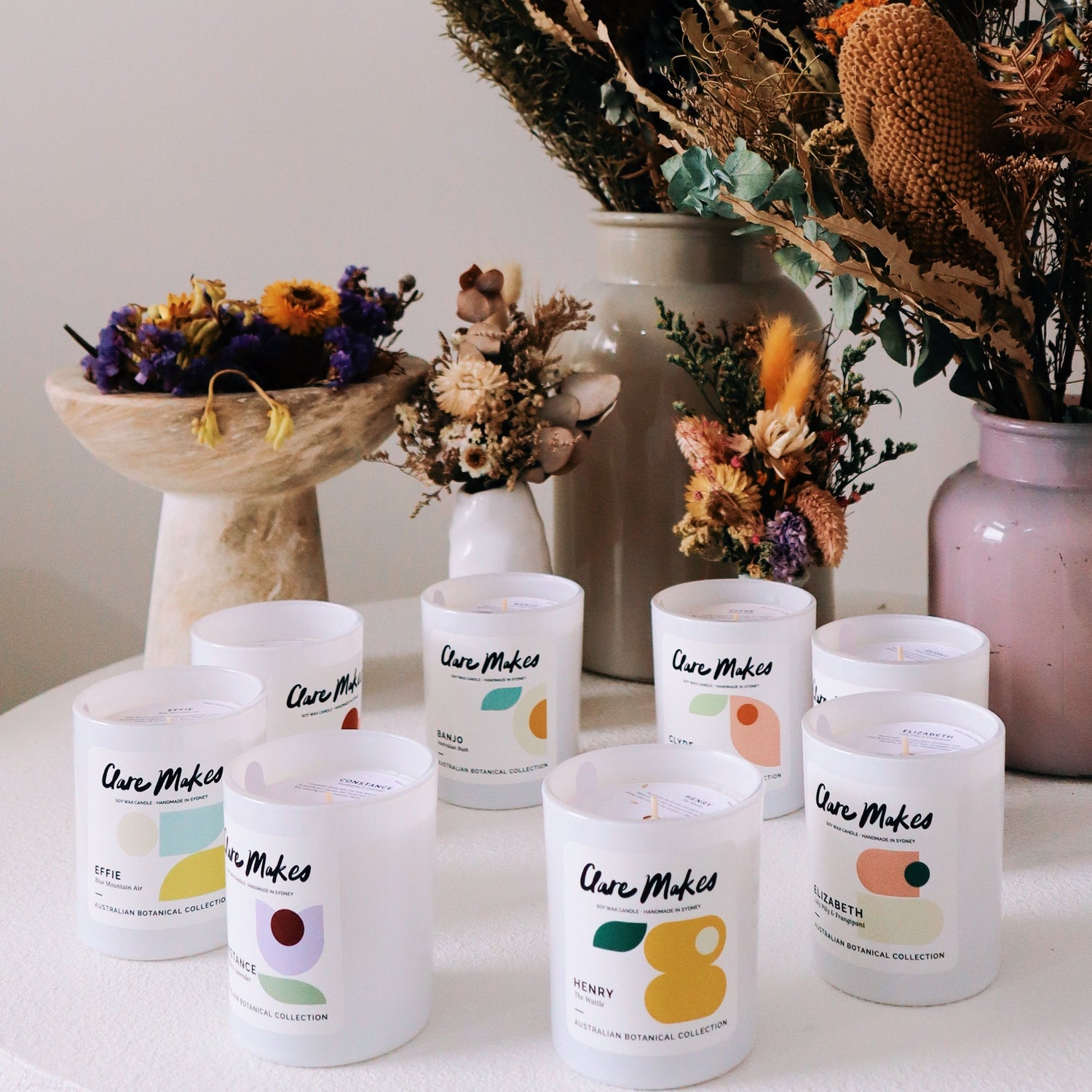
What is Candle Wax Made Of?
aka Candle Wax 101.
I find that candle people tend to fall into two categories. You either know a lot about candles, wax and fragrance, or you just buy what looks, smells and sounds good.
Have you ever wondered what candles are made out of, though? As candle use has evolved over human history, the materials used to make candles has changed. Let's look at the how, why and when.

History of Wax
In China's Tang Dynasty (618-907 AD), beeswax was used for candles. Tree nut extracts were used to make candles in Japan, and in India, they boiled the fruit of cinnamon trees to make wax for candles.
Europeans in the Middle Ages had access to beeswax but it wasn't widely used because it was labour intensive to extract, and therefore expensive.
Until the 18th century, tallow was used as everyday candle wax in Europe and the Americas. Around that time, wax derived from the head of the sperm whale called spermaceti wax replaced tallow as it was clean burning and didn't have a strong smell.
When stearin and paraffin wax was developed in the mid-1800s, wax was made from the extraction of fatty acids from animals. Paraffin wax was developed after scientists managed to extract a waxy substance from petroleum during the refining process and paraffin soon became the standard wax used in candles.
As time progressed, a few synthetic waxes were developed including gel wax. Soy wax and palm wax, both made from vegetables, were made available for commercial use in the late 1990s by hydrogenating soy bean and palm oils.
Nowdays, you'll find that most candles are made from soy wax, coconut wax, paraffin or a combination of all three. Beeswax and palm candles are less common but they exist also.
What about now?
Here at Clare Makes we use a soy wax blend, which is natural soy bean and coconut wax, with a small amount of a plant based, vegan petroleum jelly additive which helps the candle to set smoothly. This wax type ensures that not only does the candle look great brand new, but keeps its aesthetic quality as it burns down. It's the best of both worlds.
Both soy and paraffin waxes are safe for your home, children and pets.

What elements make up candle wax?
Soy wax is made by fully hydrogenising soybean oil. Chemically this produces a triglyceride, containing a high proportion of stearic acid. Paraffin wax is made from a combination of hydrocarbon molecules, with carbon atoms obtained from crude oil. The chemical composition of candle wax therefore, is just carbon and hydrogen.
When burned, wax mixes with the air to create heat, carbon dioxide and water vapour.

Candle Wax Facts
- Whether the wax comes from a vegetable, petroleum or animal origin, all waxes are primarily hydrocarbons. The chemical composition in all waxes are very similar, and all candle waxes burn in the same way.
- The presence of carbon is what allows candle wax to burn with a yellow flame.
- No candle wax has ever been shown to be toxic or harmful to human health.
- There is no such thing as a soot-free wax.


